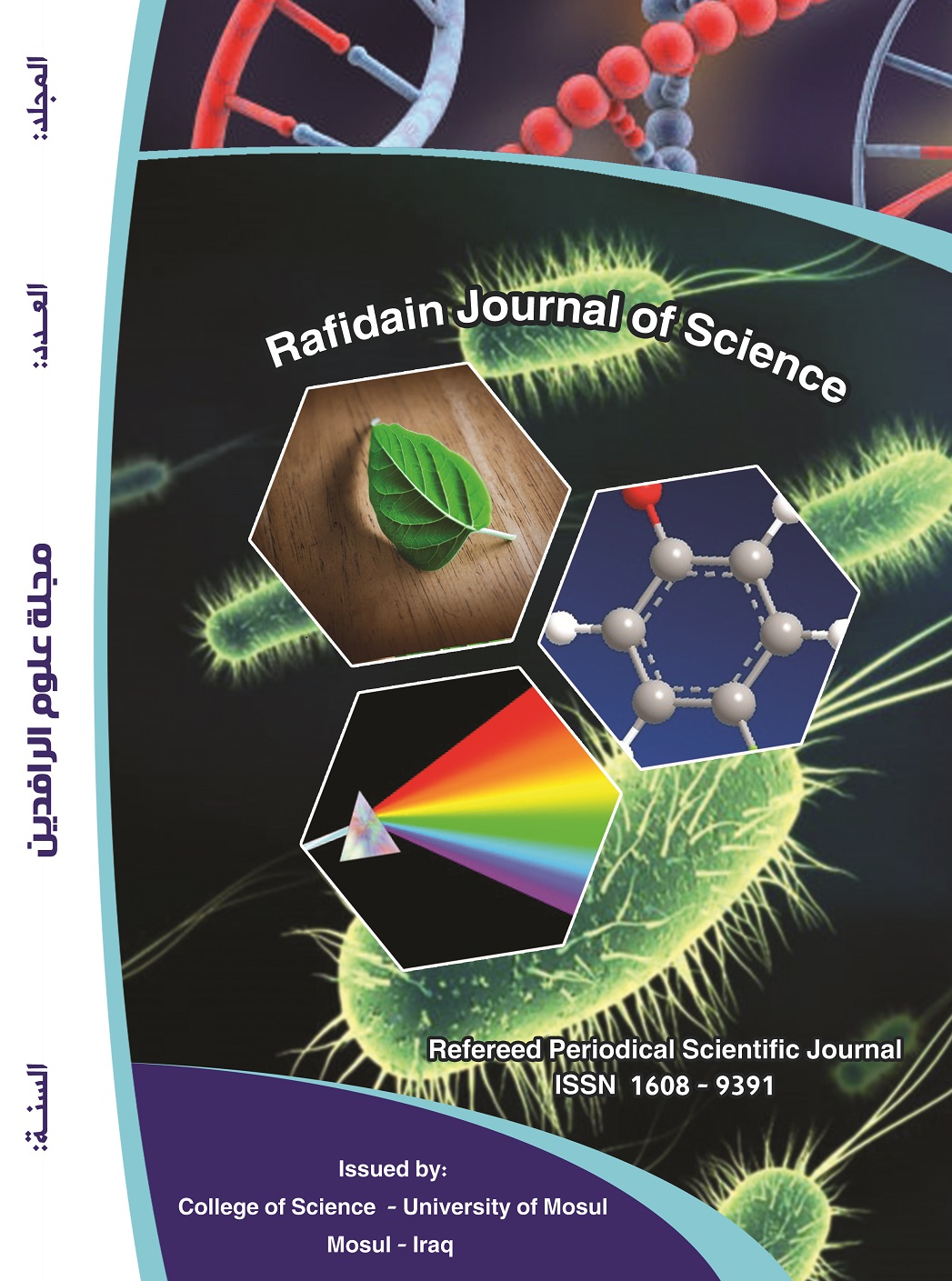Abstract
Overuse of analgesics, particularly readily available over-the-counter (OTC) medications like acetaminophen, aspirin, and other non-steroid anti-inflammatory drugs (NSAIDs), contributes to a worldwide problem of analgesic misuse in both developed and developing nations. NSAIDs are a necessary choice for managing pain because they target the cyclooxygenase enzyme (COX) pathway, which is central to both inflammation and pain signaling. They work by targeting two cyclooxygenase enzymes COX-1 and COX-2, which reduces the production of prostaglandins (PGs). The clinical utility of these agents is limited by their potential to induce adverse effects, notably acute kidney injury (AKI), which may contribute to the development of chronic kidney disease (CKD) in severe or prolonged cases. Renal function is susceptible to alteration by NSAIDs via inhibition of COX-1 (regulating renal hemodynamics and glomerular filtration rate) and/or COX-2 (mediating sodium and water excretion).
This study aimed to investigate the effect of analgesic medications, including Voltaren (diclofenac), Profen (ibuprofen), and Panadol (paracetamol/acetaminophen), on kidney function, specifically assessing creatinine, urea, and uric acid concentration. Sixty participants were enrolled in the study and divided into four groups of 15 individuals each: 15 individuals taking Voltaren, 15 individuals taking Profen, 15 individuals taking Panadol, and 15 individuals not using any analgesic medications, who served as the control group.
There was a significant increase in concentration of each of urea, uric acid, creatinine after four months of having the drugs that mention above compared with control group.
This study aimed to investigate the effect of analgesic medications, including Voltaren (diclofenac), Profen (ibuprofen), and Panadol (paracetamol/acetaminophen), on kidney function, specifically assessing creatinine, urea, and uric acid concentration. Sixty participants were enrolled in the study and divided into four groups of 15 individuals each: 15 individuals taking Voltaren, 15 individuals taking Profen, 15 individuals taking Panadol, and 15 individuals not using any analgesic medications, who served as the control group.
There was a significant increase in concentration of each of urea, uric acid, creatinine after four months of having the drugs that mention above compared with control group.
Keywords
Analgesic
diclofenac
non-steroid anti-inflammatory drugs.
Abstract
يُساهم الاستخدام المفرط للمسكنات، وخاصةً الأدوية المتاحة بسهولة بدون وصفة طبية مثل الأسيتامينوفين (الباراسيتامول)، الأسبرين، ومضادات الالتهاب غير الستيرويدية الأخرى (NSAIDs)، في مشكلة عالمية لسوء استخدام المسكنات في كل من الدول المتقدمة والنامية. تُعد مضادات الالتهاب غير الستيرويدية خيارًا ضروريًا للسيطرة على الألم لأنها تستهدف مسار إنزيم الأكسدة الحلقية (COX)، الذي يُعدّ محورًا لكل من الالتهاب وإشارات الألم. تعمل هذه الأدوية عن طريق استهداف إنزيمي الأكسدة الحلقية COX-1 وCOX-2، مما يُقلل من إنتاج البروستاكلاندينات (PGs) ومع ذلك، فإن الفائدة السريرية لهذه العوامل محدودة بسبب قدرتها على إحداث آثار جانبية، وعلى رأسها إصابة الكلى الحادة (AKI)، التي قد تُساهم في تطور مرض الكلى المزمن (CKD) في الحالات الشديدة أو المطولة. تتأثر وظائف الكلى سلبًا بمضادات الالتهاب غير الستيرويدية عن طريق تثبيط COX-1 (الذي يُنظم ديناميكا الدم الكلوية ومعدل الترشيح الكبيبي) و/أو COX-2 الذي يُوسط إفراز الصوديوم والماء.
هدفت هذه الدراسة إلى بحث تأثير أدوية المسكنات، بما في ذلك فولتارين (ديكلوفيناك)، وبروفين (إيبوبروفين)، وبنادول (باراسيتامول/أسيتامينوفين)، على وظائف الكلى، مع التركيز بشكل خاص على تقييم تركيز الكرياتينين، واليوريا، وحمض اليوريك. شملت الدراسة ستين مشاركًا تم تقسيمهم إلى أربع مجموعات، كل مجموعة تضم 15 فردًا: 15 فردًا يتناولون فولتارين، و15 فردًا يتناولون بروفين، و15 فردًا يتناولون بنادول، و15 فردًا لا يستخدمون أي أدوية مسكنة، وشكلت هذه المجموعة الأخيرة المجموعة السيطرة. واظهرت نتائج الدراسة زيادة كبيرة في تركيز كل من اليوريا، وحمض اليوريك، والكرياتينين بعد أربعة أشهر من استخدام الأدوية المذكورة أعلاه مقارنة بالمجموعة الضابطة.
هدفت هذه الدراسة إلى بحث تأثير أدوية المسكنات، بما في ذلك فولتارين (ديكلوفيناك)، وبروفين (إيبوبروفين)، وبنادول (باراسيتامول/أسيتامينوفين)، على وظائف الكلى، مع التركيز بشكل خاص على تقييم تركيز الكرياتينين، واليوريا، وحمض اليوريك. شملت الدراسة ستين مشاركًا تم تقسيمهم إلى أربع مجموعات، كل مجموعة تضم 15 فردًا: 15 فردًا يتناولون فولتارين، و15 فردًا يتناولون بروفين، و15 فردًا يتناولون بنادول، و15 فردًا لا يستخدمون أي أدوية مسكنة، وشكلت هذه المجموعة الأخيرة المجموعة السيطرة. واظهرت نتائج الدراسة زيادة كبيرة في تركيز كل من اليوريا، وحمض اليوريك، والكرياتينين بعد أربعة أشهر من استخدام الأدوية المذكورة أعلاه مقارنة بالمجموعة الضابطة.
Keywords
المسكنات، ديكلوفيناك الصوديوم، مضادات الالتهاب غير الستيرويدية.
